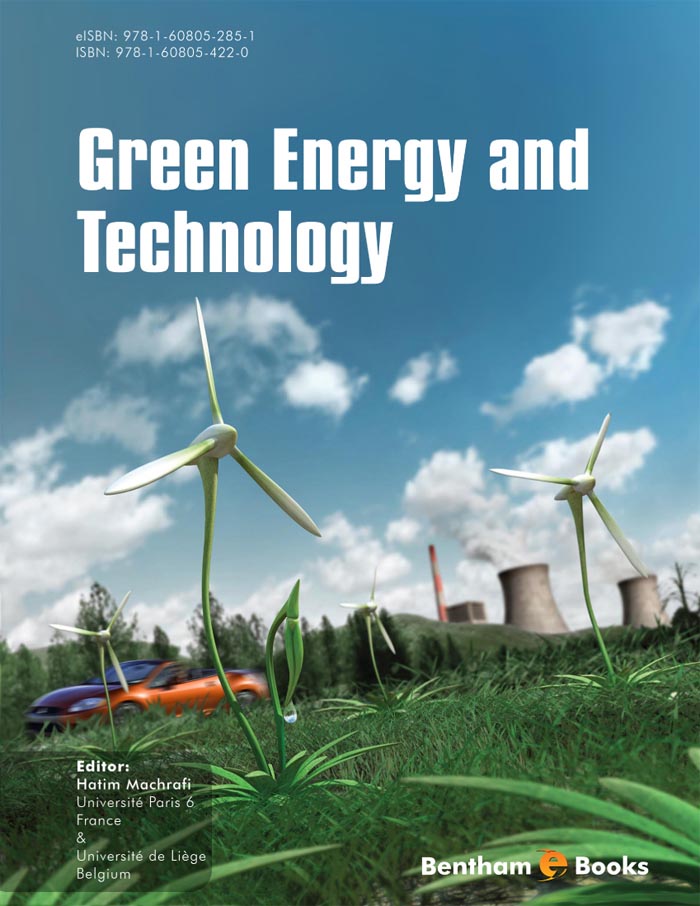Introduction
This E-book covers various topics and technologies involving energy systems that represent an effort to reduce environmental pollution and provide grounds for alternative or renewable energy sources. The E-book is a convergence point for state-of-the-art research with preliminary but confirmed results. Topics covered in this e-book include transport, electricity generation, bio-fuels, Homogenous Charge Combustion Ignition research, kinetics, thermodynamics, combustion, (photovoltaic) solar energy, biomass, hydrogen combustion, hydrogen stocking, wind power, wind energy, hydro-electric power plants and fuel cells. The interdisciplinary content combines energy source engineering, fuel technology and environmental chemistry. This E-book serves as a basic source of information on alternative energy for scientists, academics and industrialis ts, by promoting and disseminating knowledge about green energy concerns.

